10-year journey of the heritage "Tug of War Rituals and Games"
On December 2, 2015, at the 10th Session of the Intergovernmental Committee for the Safeguarding of the Intangible Cultural Heritage of UNESCO held in Windhoek (Namibia), the Tug of War rituals and games of Vietnam, Cambodia, Korea and the Philippines were officially inscribed on the Representative List of the Intangible Cultural Heritage of Humanity.
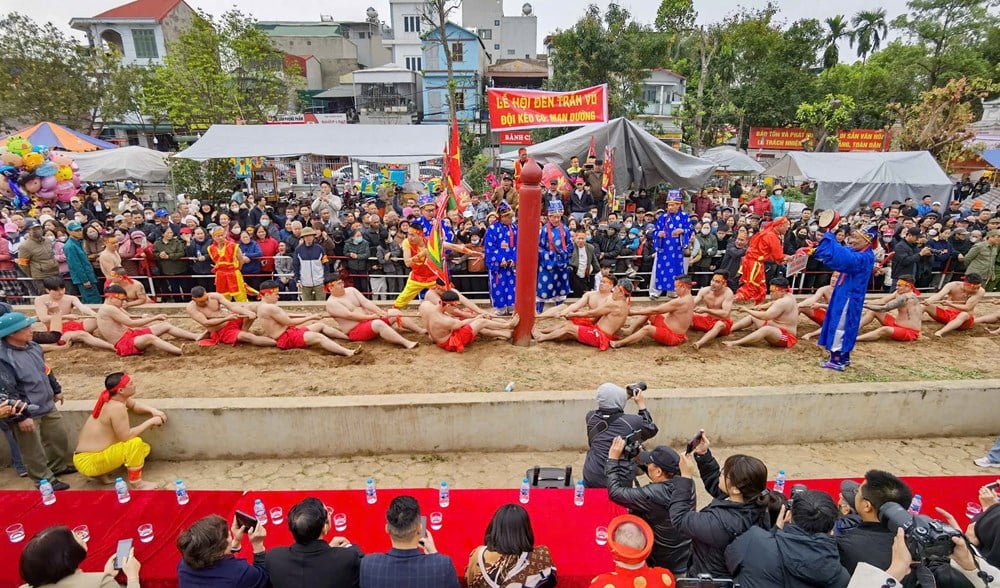
Four Vietnamese localities participating in the application include Lao Cai, Vinh Phuc (now Phu Tho), Bac Ninh and Hanoi - places that still maintain and promote the tug-of-war tradition associated with long-standing agricultural religious rituals.
Tug of war is not only an attractive folk game, but also a sacred agricultural ritual, symbolizing the desire for favorable weather and bountiful harvests of rice farmers. In the Northeast and Southeast Asia, this ritual is often held in spring - the beginning of a new farming cycle, expressing faith in nature and people.
The game of tug-of-war reflects the harmony of natural elements – sun, earth, water; and symbolizes the strength of community unity. Each tug is not only a physical competition, but also an expression of the spirit of cooperation, belief in victory and a good harvest.
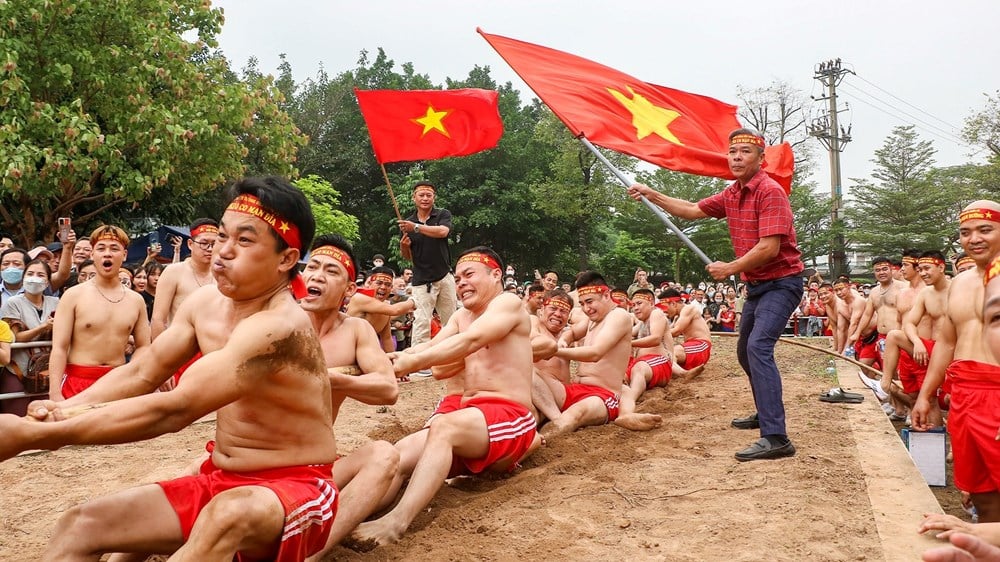
In Vietnam, Tug of War rituals and games are concentrated mainly in Vietnamese communities in the Red River Delta, North Central Coast and ethnic minorities in the northern mountainous areas such as Tay, Thai, Giay,...
Depending on the region and ethnicity, the form of tug of war is very diverse: ropes made of reeds, rattan, forest trees, bamboo... with typical names such as tug of war (Huu Chap - Bac Ninh), sitting tug of war (Long Bien - Hanoi), beak tug of war (Xuan Lai, Ngai Khe), song tug of war (Huong Canh), brisk shoulder (Tay people), so shoulder (Giay people), na bai (Thai people)...
The pulling posture is also varied – standing, sitting or lying down – expressing the creativity and unique identity of each cultural region.
After 10 years of being registered, the number of communities practicing tug of war heritage in Vietnam has been constantly increasing. From the initial 6 communities in the 2015 dossier, there are now 10 communities participating in the "Vietnam Tug of War Heritage Network".
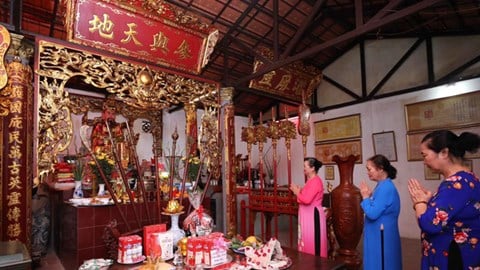
Preserving the birthplace of the Sitting Tug of War heritage
Communities not only maintain ritual practices but also proactively exchange and perform domestically and internationally, contributing to spreading cultural values and raising social awareness about preserving traditional identity in modern life.
Two key events within the framework of the Festival
To mark the 10-year heritage milestone, the Hanoi Department of Culture and Sports organized two main events in Long Bien ward:
The international conference “A decade of protecting and promoting Tug of War rituals and games” – taking place on the afternoon of November 15, 2025, with the participation of more than 250 domestic and foreign delegates, including experts, researchers, representatives of management agencies, and heritage-holding communities from Hanoi, Bac Ninh, Lao Cai, Phu Tho, Ninh Binh...
The workshop was also attended by representatives of international organizations, the Embassies of Cambodia, Korea, the Philippines, research institutes and universities.
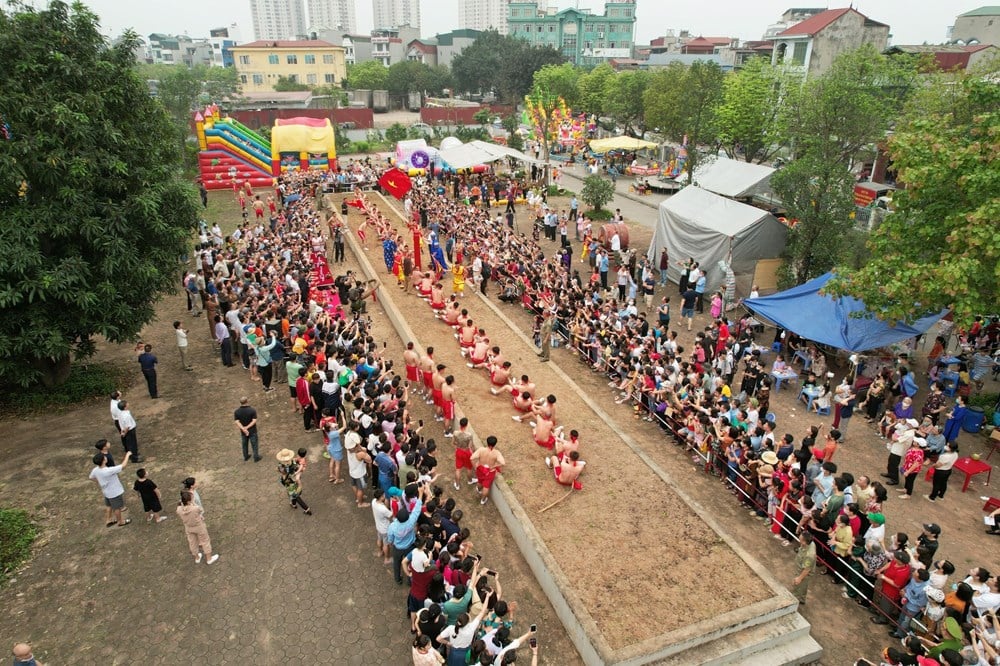
This is a forum to look back on the journey of preserving and transmitting heritage, share experiences of international cooperation and propose directions for promoting heritage values in contemporary life - from communal house, temple and shrine rituals to education, tourism and international cultural exchange.
The Exchange Program - Performance of Tug of War Ritual and Game took place on the morning of November 16, 2025 at Tran Vu Temple (Long Bien Ward, Hanoi).
The event had the participation of Gijisi Tug of War Association (Dangjin city, Korea) and 8 Vietnamese heritage communities including: Sitting tug of war at Tran Vu temple (Long Bien, Hanoi); Xuan Lai mine tug of war, Ngai Khe (Hanoi); Huong Canh river tug of war (Phu Tho); Huu Chap tug of war (Bac Ninh); Tay people tug of war in Trung Do village (Lao Cai); Hoa Loan tug of war (Phu Tho); Phu Hao village tug of war (Ninh Binh).
In addition to the performance, the program also featured drum and lion dances performed by artists from Sehan University (Korea).
In particular, the event will launch the “Vietnam Tug of War Heritage Community Network”, marking a new step forward in connecting – preserving – promoting heritage between localities, contributing to strengthening the cultural strength of Vietnamese communities in international integration.
The 10th anniversary of the Tug of War ritual and game being recognized by UNESCO is not only an occasion to honor a living heritage but also an opportunity to emphasize the spirit of creativity, solidarity and Vietnamese cultural identity - sustainable values that continue to spread strongly in the flow of human culture.
Source: https://baovanhoa.vn/van-hoa/nghi-le-va-tro-choi-keo-co-mot-thap-ky-tu-hao-di-san-viet-nam-tren-ban-do-the-gioi-180739.html




![[Photo] Chu Noodles - the essence of rice and sunshine](https://vphoto.vietnam.vn/thumb/1200x675/vietnam/resource/IMAGE/2025/11/11/1762846220477_ndo_tl_7-jpg.webp)

![[Photo] Prime Minister Pham Minh Chinh receives Lao Minister of Labor and Welfare Phosay Sayasone](https://vphoto.vietnam.vn/thumb/1200x675/vietnam/resource/IMAGE/2025/11/11/1762872028311_dsc-2246-jpg.webp)

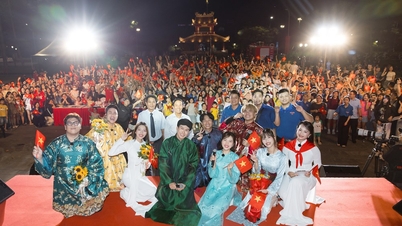

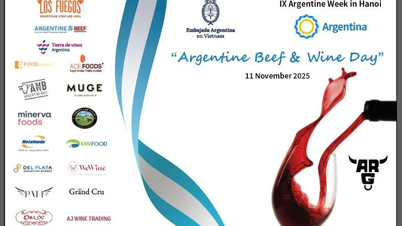









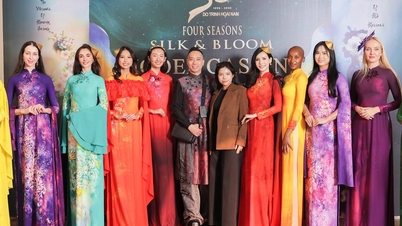





























































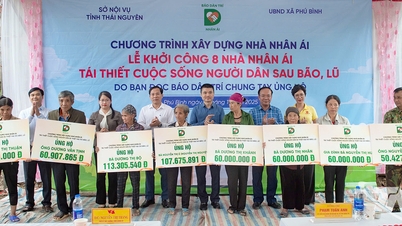



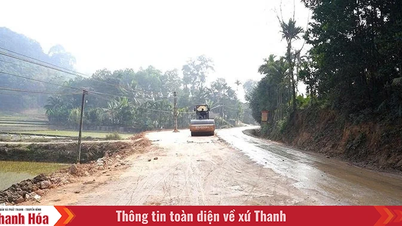




![Dong Nai OCOP transition: [Article 3] Linking tourism with OCOP product consumption](https://vphoto.vietnam.vn/thumb/402x226/vietnam/resource/IMAGE/2025/11/10/1762739199309_1324-2740-7_n-162543_981.jpeg)








Comment (0)